ATP Fluorescence Detector
$489.00 – $519.00Price range: $489.00 through $519.00 USD
ATP fluorescence detector – a professional tool for health testing! The ATP content directly reflects the amount of microorganisms and biological residues in the sample, making invisible health risks nowhere to hide. The test results can be read on-site in 15 seconds, and the health status is quickly and clearly; the device is small, flexible and portable, equipped with a high-definition touch screen, easy and efficient to operate, and supports 12 hours of continuous testing, stable and reliable. It is widely used in food, medicine, environmental monitoring and other fields, providing scientific and professional protection for your health safety, making the test efficient and safe.
Description
Specification
| Weight | 1KG |
| Size | 188×77×37 (mm) / 7.40×3.03×1.46 (inches) |
| Detection accuracy | 1×10-18mol |
| Detection range | 0-999999RLUs |
| Coliform bacteria | 1-106cfu |
| Detection time | 15 seconds |
| Detecting interference | ±5% or ±5 RLUs |
| Operating temperature range | 5℃ to 40℃ |
| Operating humidity range | 20-85% |
| Checkout Mode | RLU, coliform screening |
| Processor | 32-bit high-speed data processing chip |
| USB interface | Equipped with miniUSB port to upload results to PC |
| Charging method | Use rechargeable lithium battery, no need to replace battery |
Detection Principle
The “luciferase-luciferin system” based on the principle of firefly luminescence is the core mechanism of ATP fluorescence detection: all living biological cells (including microorganisms) and organic residues contain the energy molecule ATP. During the test, the ATP in the sample reacts with the luciferase and luciferin in the special reagent under specific conditions to release energy and stimulate fluorescence – the intensity of the light signal is proportional to the ATP content. The instrument converts the light signal into relative light units (RLU), which directly reflects the amount of ATP in the sample. Since the ATP content is positively correlated with the number of microorganisms and the amount of organic residues, the RLU value can be used to quickly and indirectly determine the degree of contamination. Compared with the traditional microbial culture method, this test does not need to wait for bacteria to proliferate, and can output results immediately, realizing a rapid assessment of sanitary conditions.
Product Features
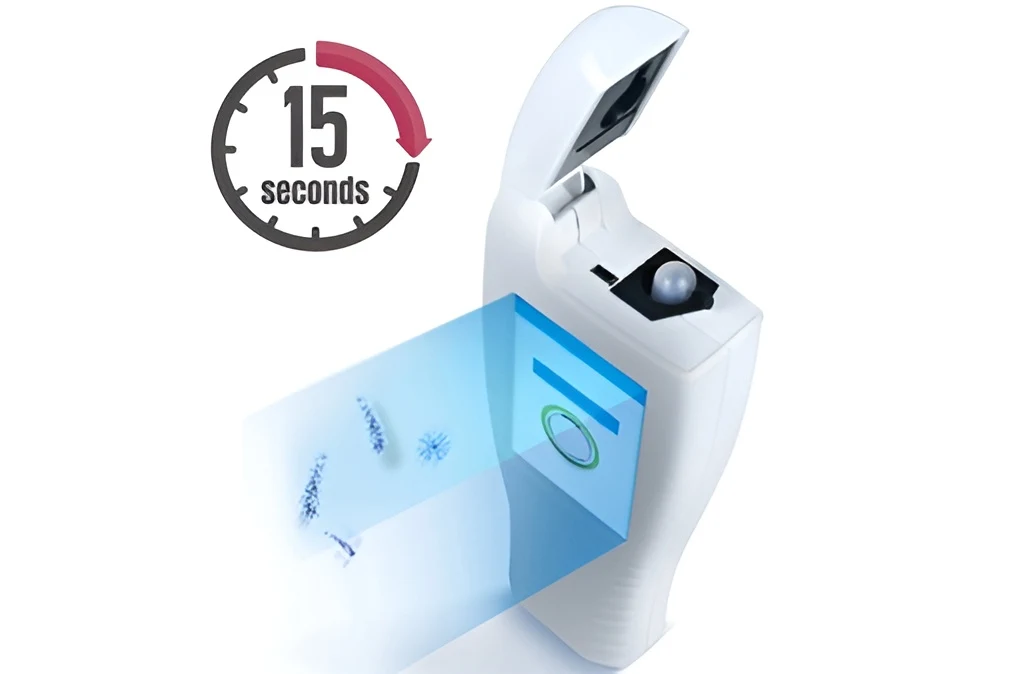
15-second Rapid Detection
It can quickly detect the total number of bacterial microorganisms and read the results on-site in 15 seconds. No cultivation steps are required and the test can be directly carried out on the machine after sampling.
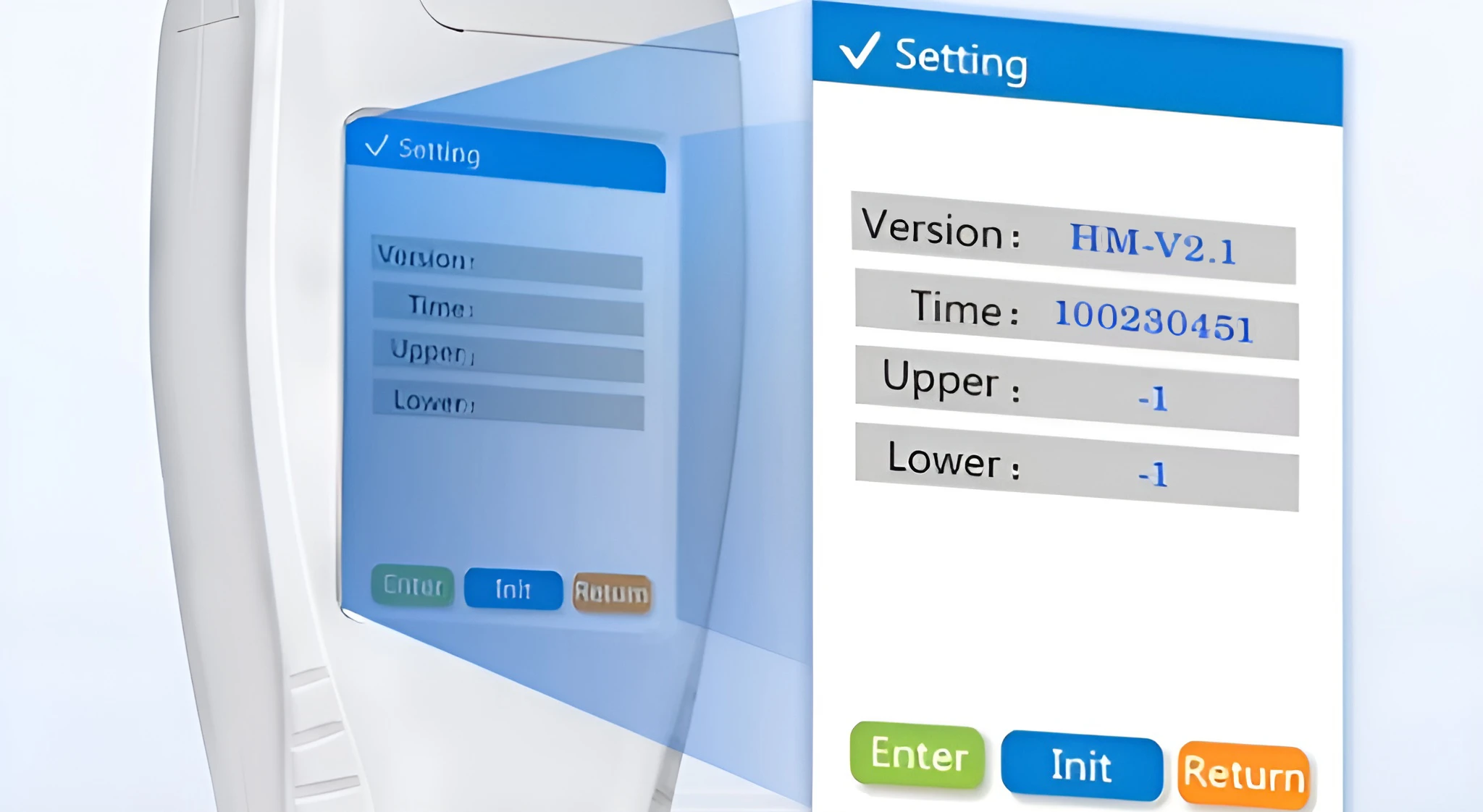
Freely Set Upper and Lower Values
The detection threshold can be flexibly set according to actual needs to adapt to different scenarios and improve the applicability of the equipment and the targetedness of detection.
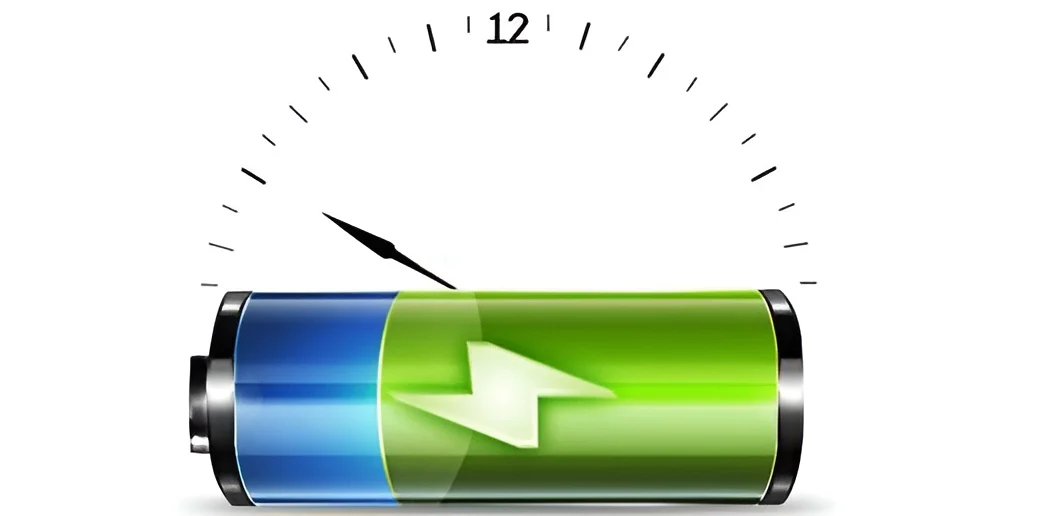
Large Capacity Lithium Battery
Equipped with a large-capacity lithium battery, it has strong endurance and an ultra-long standby time of 300 hours to cope with intermittent testing needs. It can work continuously for more than 12 hours without frequent charging. Whether it is outdoor sampling or long-term batch testing, it can provide stable power supply to ensure uninterrupted testing work.
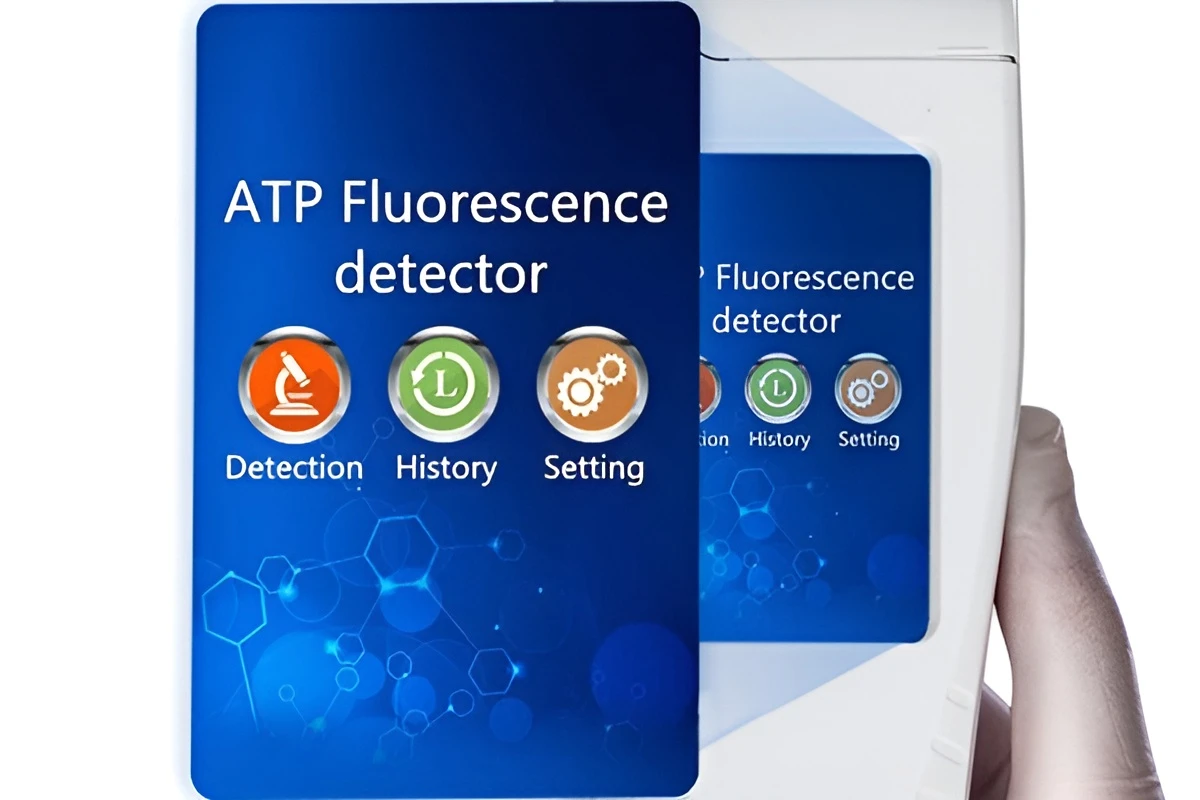
High-definition Display
The test results are displayed intuitively, and it is convenient to select the test mode, upload data, etc., to improve the usage efficiency and interactive experience.
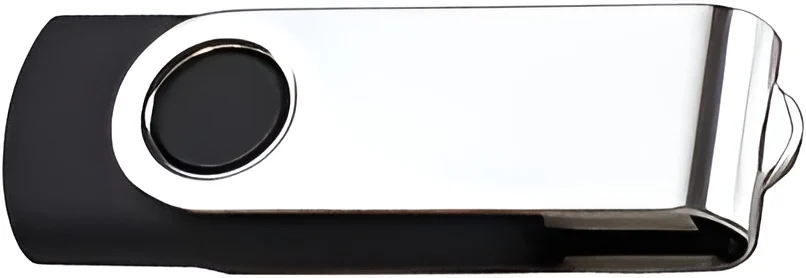
U disk Can be Connected to Computer
Send a USB flash drive (including host computer software) and connect it with a USB data cable to transfer the results to the computer for export.

miniUSB Port
Equipped with a miniUSB port, the test results can be directly uploaded to the PC, which can quickly realize centralized storage of data, making it convenient for users to trace historical records, while avoiding the error-prone problems of manual recording and improving the information efficiency of health monitoring.
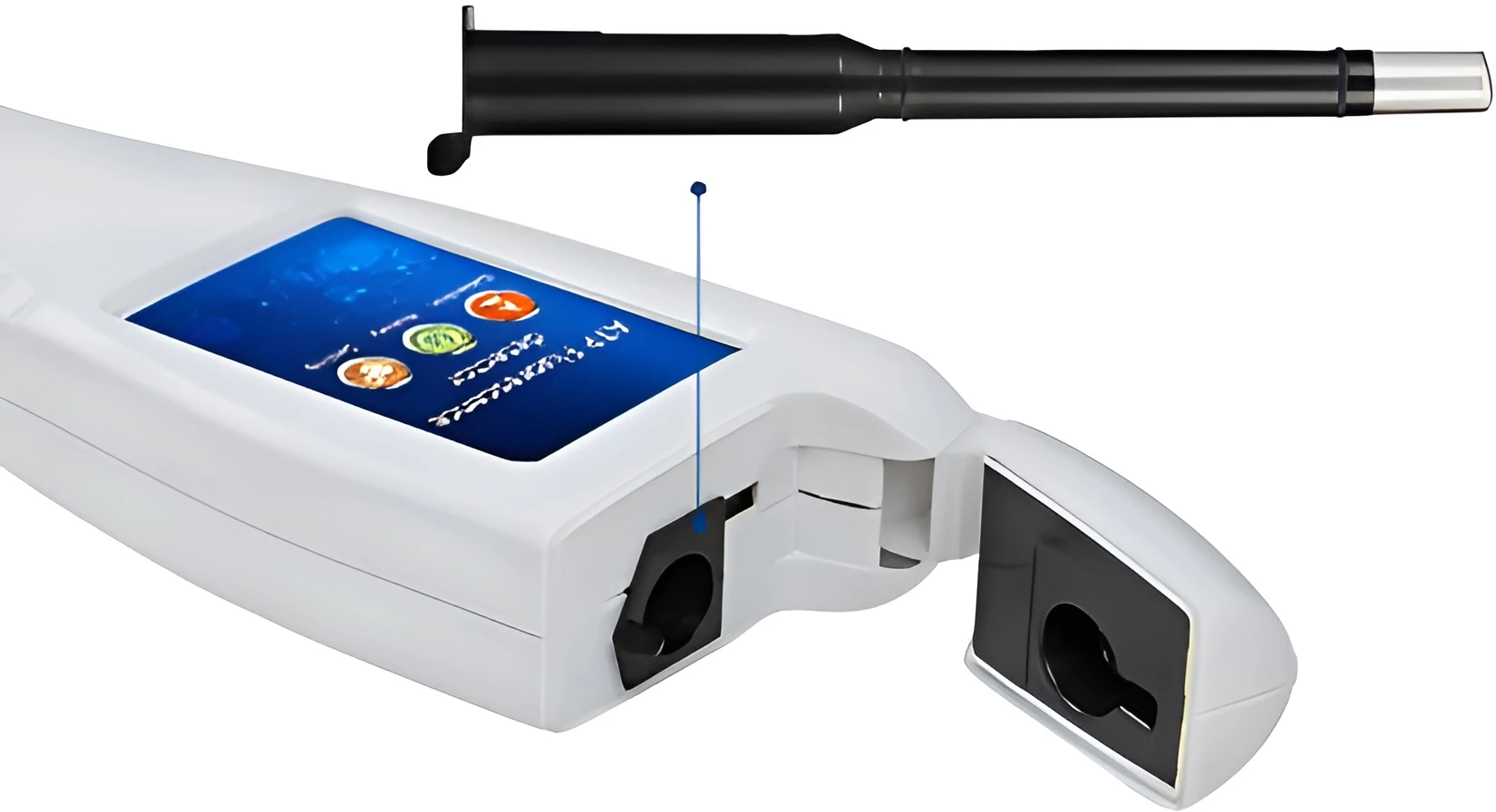
The Casing Can be Pulled Out for Cleaning
The swab sleeve can be pulled out for cleaning, making it easy to clean the residue inside the sleeve, avoiding cross contamination that affects the detection accuracy, and extending the service life of the equipment to keep it hygienic and clean.
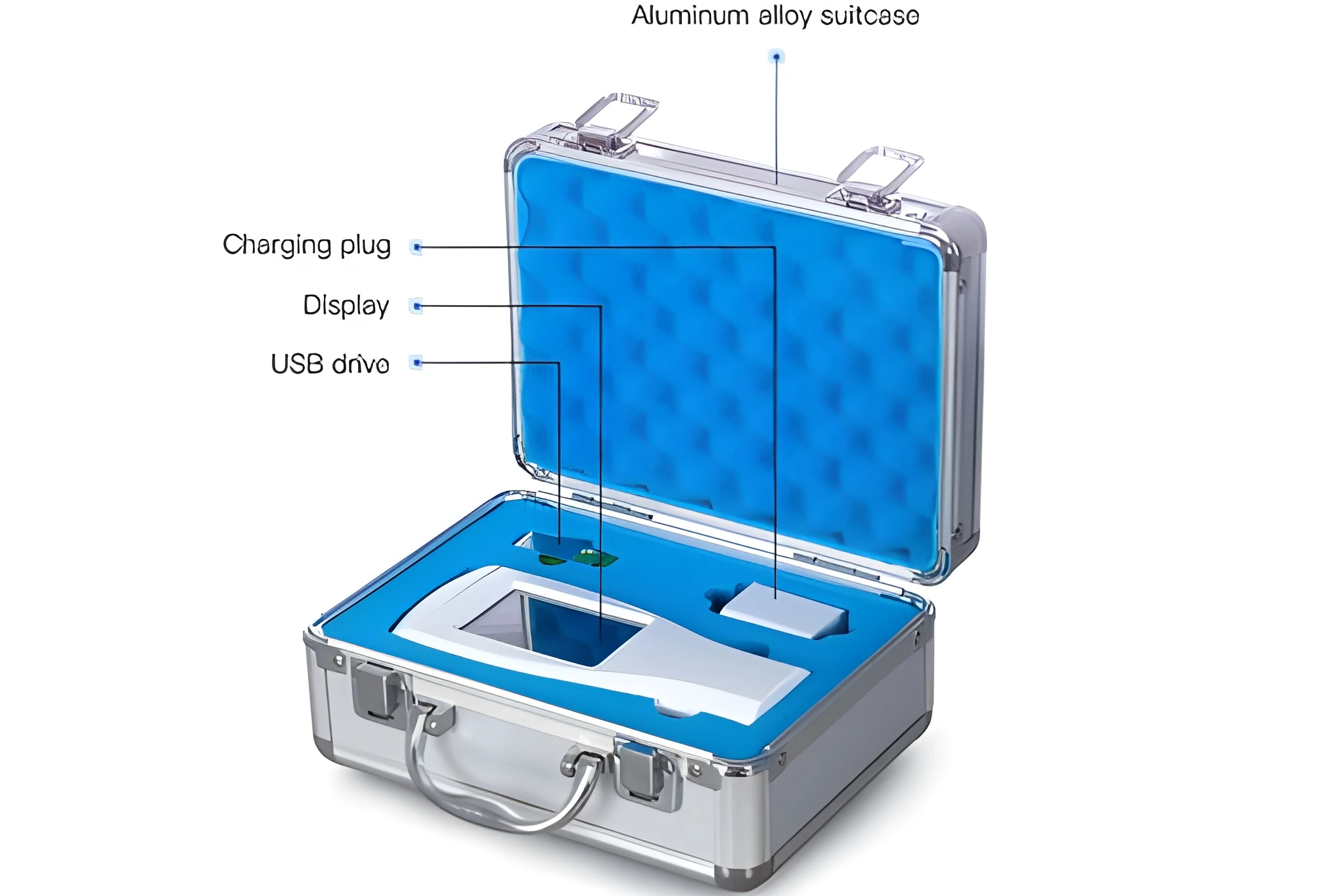
Aluminum Alloy Suitcase
The integrated box design can fully protect the instrument and reduce the damage caused by bumps when carrying it outside. It is suitable for mobile testing scenarios, does not require complicated disassembly and assembly, and is easy to move, making on-site testing more efficient and worry-free.
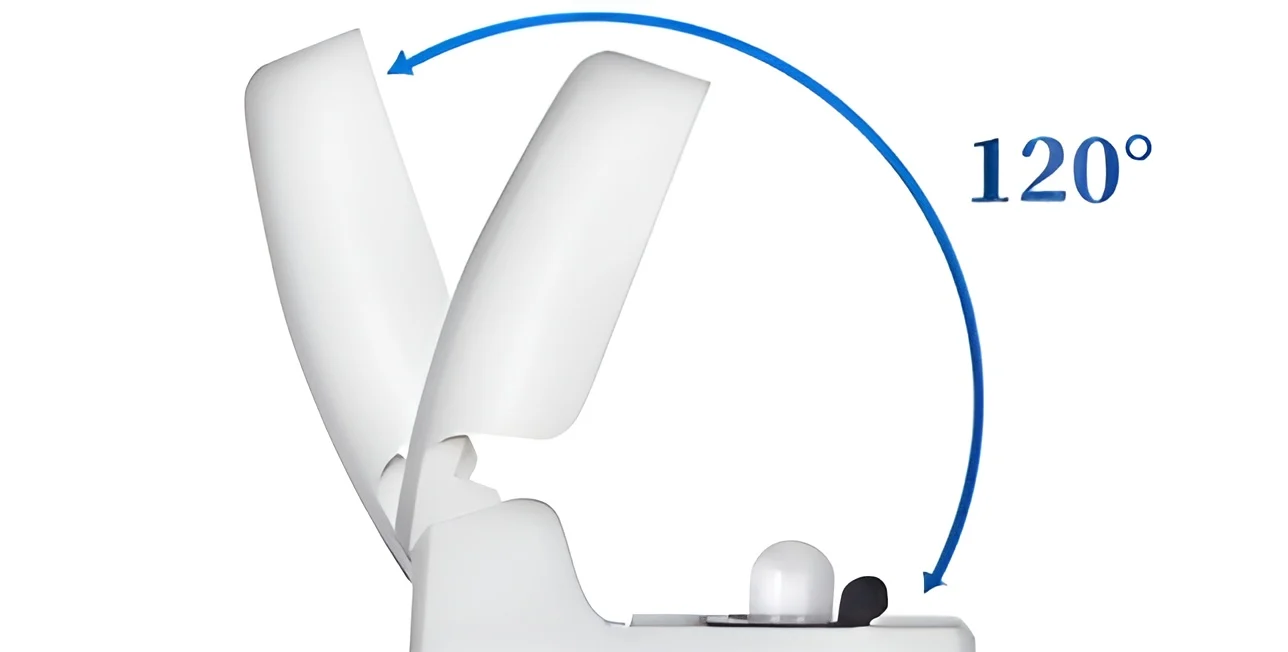
Top Cover Can be Opened 120°
The top cover opening and closing design of the ATP fluorescence detector allows for quick and easy insertion or removal of the test swab. It forms a closed space during operation, reducing interference from external light and ensuring the stability of the detection light signal. At the same time, it protects the internal optical components, improving detection accuracy and ease of operation.

High-speed Data Processing Chip
The high-speed data processing chip quickly processes test data, shortens the time to generate results, ensures efficient output of accurate results within 15 seconds, and improves test speed and computing stability.
Applicable Scenarios
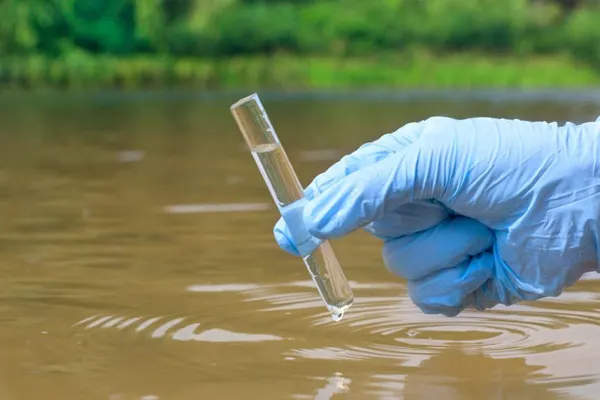
Water quality testing
It can detect drinking water, swimming pool water, landscape water and other water bodies, and quickly determine whether the water quality meets the standards based on the microorganisms and organic matter residues in the water samples. It can promptly detect problems such as water source pollution or incomplete disinfection, provide real-time data support for water quality safety control, and ensure healthy water use.

Tableware surface
It mainly tests the surface hygiene of tableware, knives, cutting boards, etc. By detecting microbial and organic residues on the surfaces of these items that come into direct contact with food, it can quickly assess the effectiveness of cleaning and disinfection, avoid foodborne illnesses caused by unclean tableware, and make catering hygiene management more efficient.
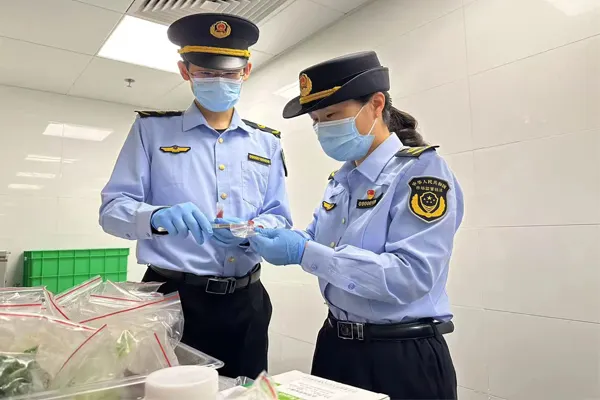
Market supervision
It is suitable for checking the business environment and food contact surfaces of merchants in the market. Supervisors can use it to quickly obtain test results, promptly determine whether the merchant’s hygiene meets the standards, improve law enforcement efficiency, effectively urge merchants to operate in a standardized manner, and ensure the safety of the market consumption environment.
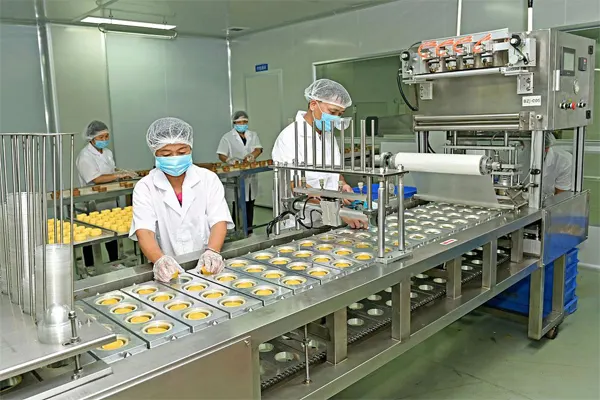
Workshop environment
Testing equipment surfaces, operating tables, etc. in the workshop can quickly reflect the hygiene conditions of these key areas during the production process, promptly identify potential contamination hazards, ensure that the production environment meets hygiene requirements, and reduce the risk of product quality problems caused by contamination during the production process.

Food safety testing
It can be used to test the surface of various foods, such as cooked meat products and puffed foods. It can quickly detect microorganisms and organic residues on the surface of food, and promptly identify potential safety hazards such as food deterioration and contamination, thus ensuring food safety and protecting consumers’ food safety.
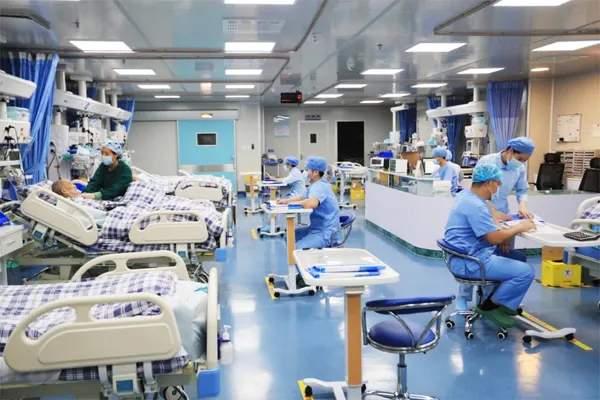
Hospital disinfection
It is used for hygiene testing of surgical instruments, surfaces of diagnostic and treatment equipment, bedside tables in wards, door handles, hands of medical staff, etc., to quickly evaluate the effectiveness of disinfection and sterilization, reduce the risk of cross-infection in hospitals, and assist in real-time monitoring and process optimization of hospital infection prevention and control.
Threshold Range
| Application Scenarios | Eligible scope |
| Water Testing – Drinking Water | ≤10 RLU |
| Tableware surfaces – clean knives, cutting boards, cutlery, etc. | <30 RLU |
| Market surveillance – food contact surfaces | ≤30 RLU |
| Workshop environment – food processing workshop equipment surface | ≤30 RLU |
| Food Safety Testing – Surface of Cooked Meat Products | ≤30 RLU |
| Hospital sanitation and disinfection – surgical instruments | ≤150 RLU |
Note:In actual application, it should be flexibly adjusted according to specific circumstances, industry norms and relevant standards.
Packing List

1. Host 2. Aluminum alloy suitcase 3. Test swabs (20 pieces) 4. USB flash drive (including software) 5. Data cable 6. Charging head
Device Operation Page
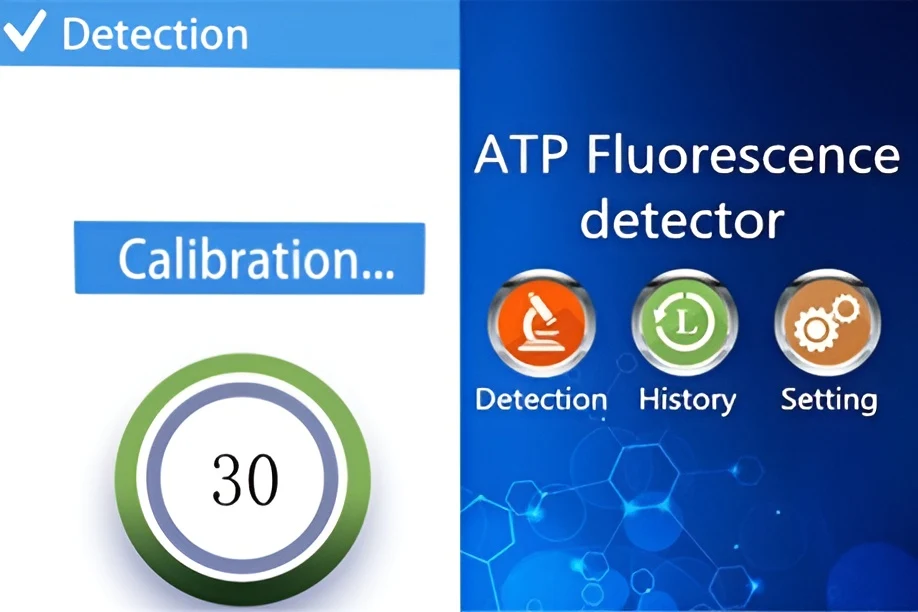
Front Page
Press the button on the left side of the instrument, turn on the instrument and calibrate for 30 seconds before the home page appears.
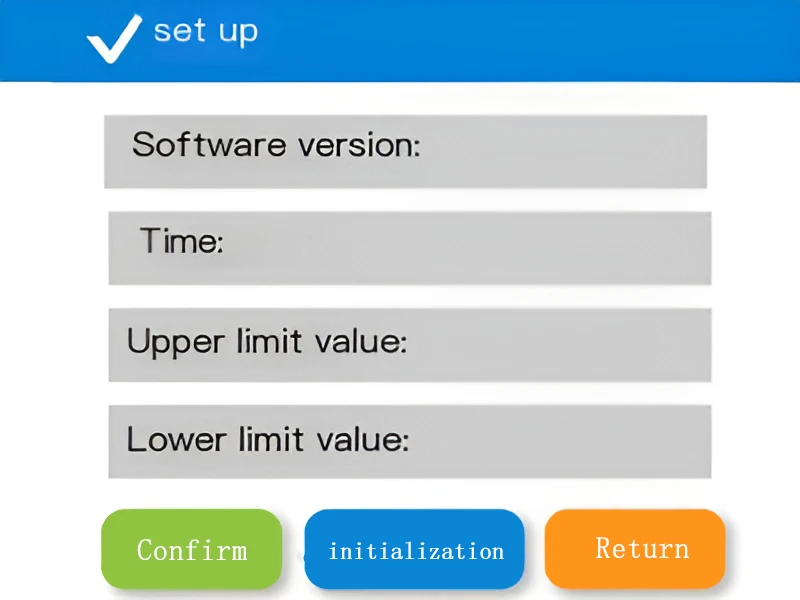
Set up
The setting page of the ATP fluorescence detector supports the adjustment of upper and lower limits, time and other parameters. It can adapt to the detection standards of different scenarios, meet personalized needs, make the result judgment more in line with reality, and improve the flexibility and applicability of the detection.

Historical Test Data
The historical detection record function of the ATP fluorescence detector can easily trace past detection data, facilitate comparison of changes in hygiene conditions at different time periods, help analyze the effects of cleaning and disinfection, and troubleshoot potential problems. At the same time, it provides a reliable historical basis for hygiene management and supervision, and improves work efficiency.
Use of ATP Test Swabs
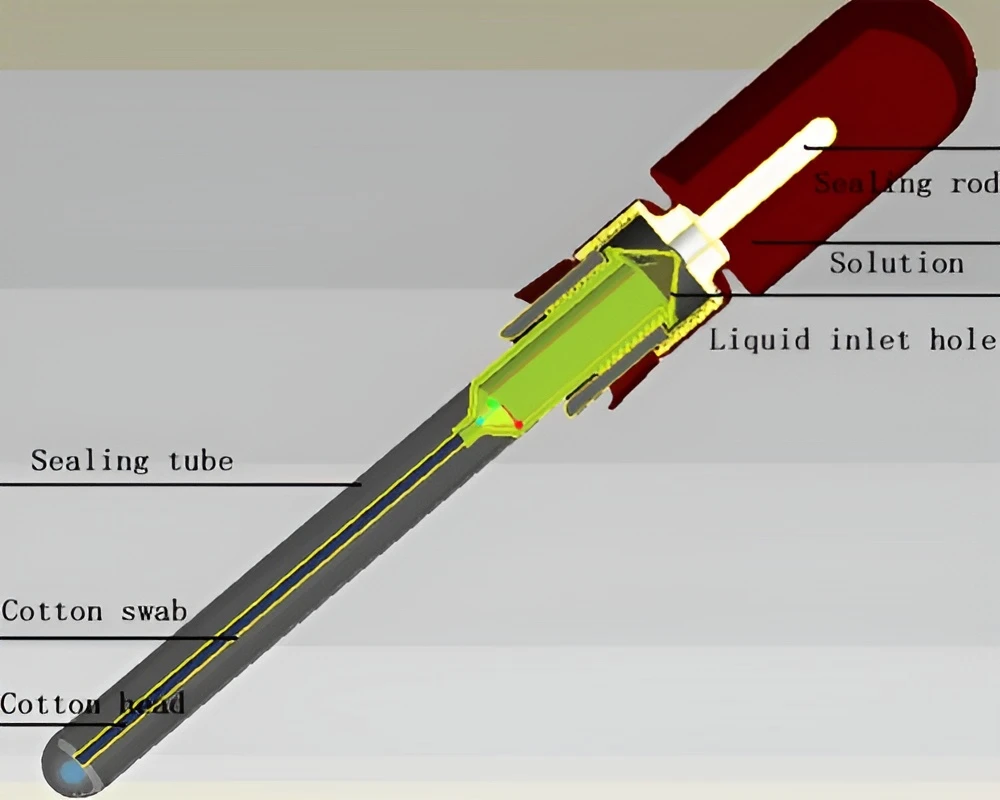
Swab
The ATP bioluminescence detection swab is a dedicated integrated device that needs to be used with an ATP fluorescence detector. It integrates sample collection, reaction and rapid detection functions. It uses advanced liquid stable reagents, which is not only more convenient to use, but also can bring more accurate test results, and the luminescence signal lasts longer and has better repeatability. Structurally, the swab is mainly composed of three parts: a sealing cap, a sealing tube and a cotton swab.There are two types of test swabs: solid surface swabs and water sample swabs
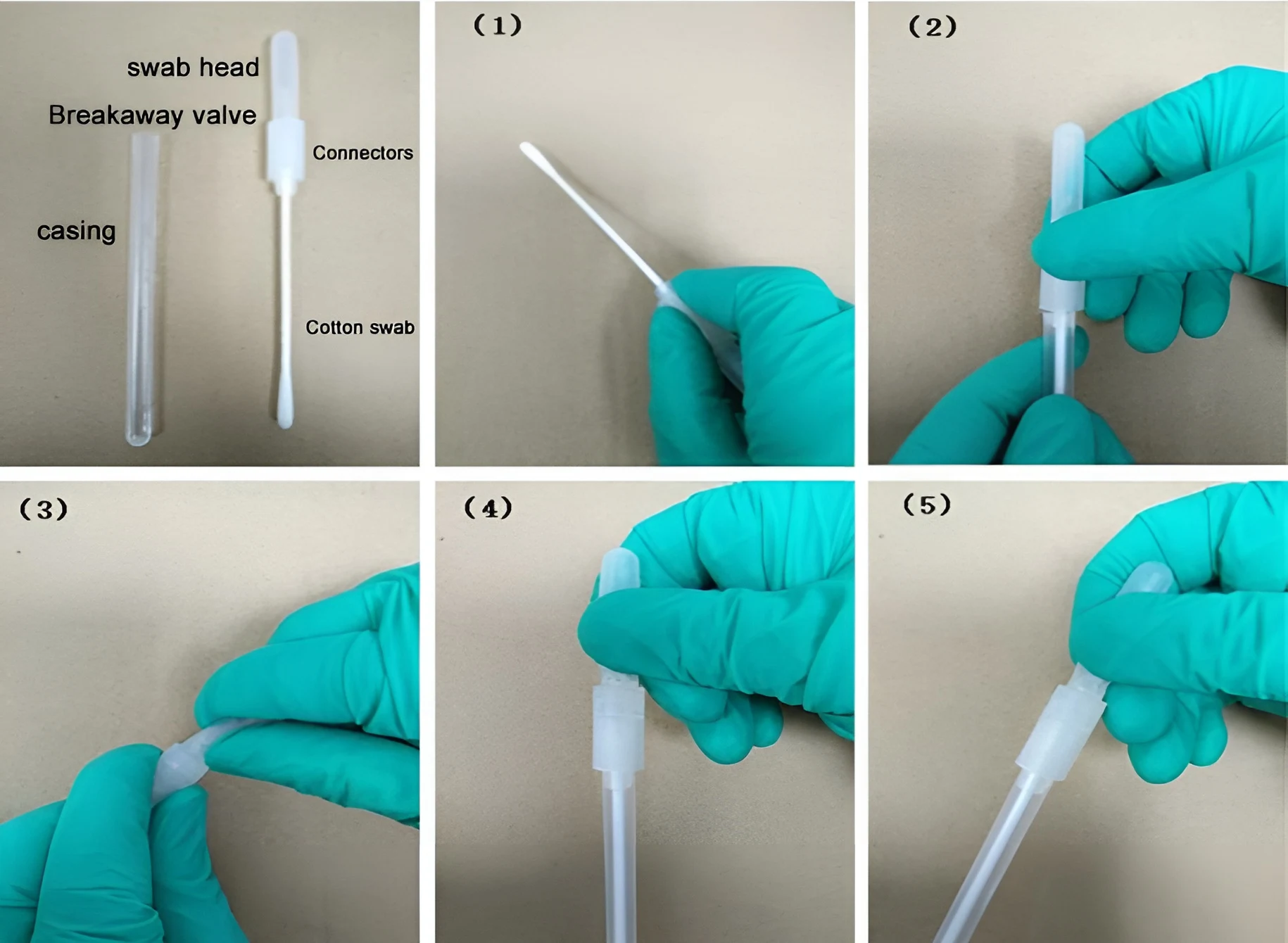
Solid Surface Swabs
1.Remove the swab from the refrigerator and let it cool to room temperature for 20-30 minutes, or warm the top of the swab capsule with your palm for 5 minutes to activate it.
2. Remove the swab from the cannula, pinch the connector firmly, and thoroughly wipe the surface at a 45° angle. (Figure 1)
3.Insert the collector back into the cannula and tighten. (Figure 2)
4. Pinch the connector with one hand and the top of the capsule with the other, bending it back and forth until the valve snaps off. (Figure 3)
5. Squeeze the swab tip three times to remove all liquid. (Figure 4)
6. Hold the swab tip firmly and shake it downward five times, left and right. Immediately insert it into the instrument for testing. (Figure 5)
Water Swab
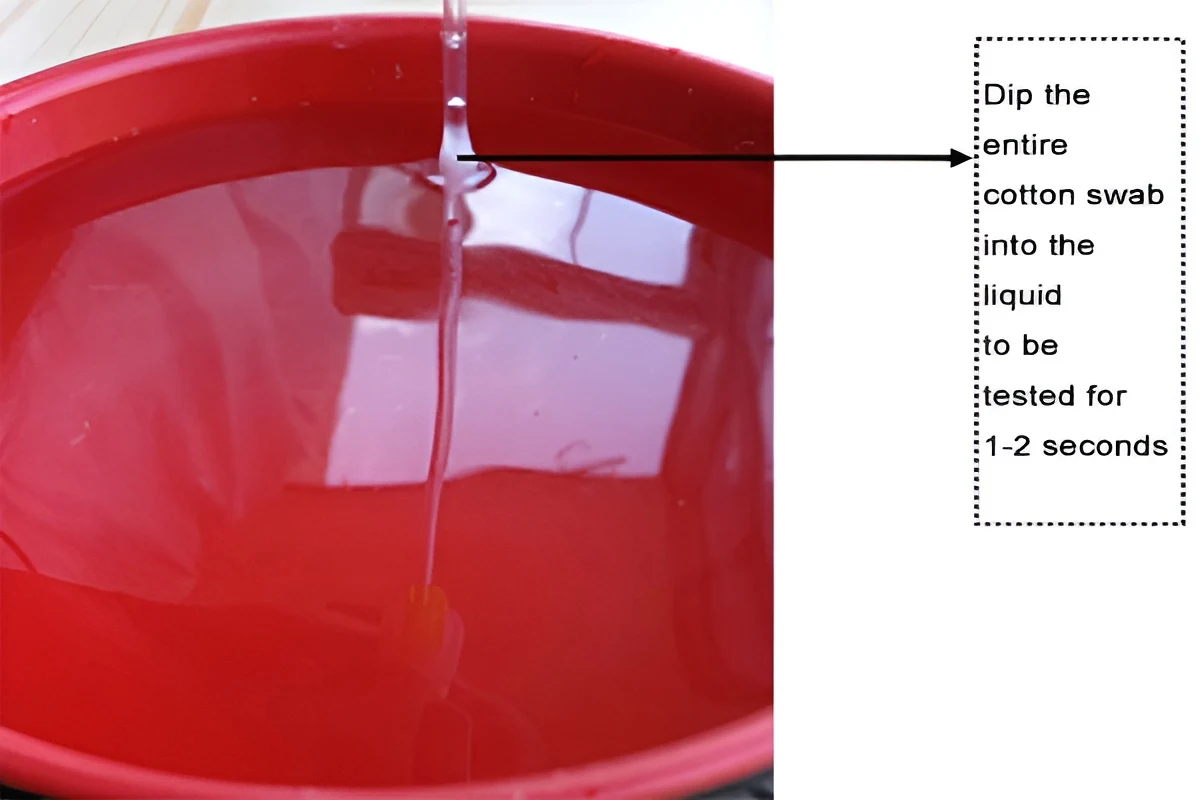
1. Allow the refrigerated or frozen swab to rest at room temperature for approximately 25 minutes (refer to surface swab procedures).
2. Gently unscrew the lower tube, taking care not to allow the swab to touch other objects and to avoid prolonged exposure to air.
3. Completely immerse the swab in the test solution for 1-2 seconds, then quickly remove it and insert the sealing tube.
4. Break off the sealing rod and squeeze to allow the test solution to flow to the cotton tip. Shake the bottom of the swab for approximately 5 seconds.
5. Quickly place the swab in the ATP fluorescence detector, press the test button, and read the result after 15 seconds.

ATP Bacteria Detection Steps
1. Turn on the device and click “Detection” ,The instrument will prompt “Insert swab” to enter the test interface.
2. Different swabs require different methods of use; proceed accordingly.
3. Click “Detection” Test results will be available in 15 seconds. (Manually save results.)
How to upload data to PC?

1. Install the host computer software: copy the host computer software installer in the U disk to the computer, double-click the installation file, and follow the prompts to complete the software installation. If the installer cannot run automatically, please open the U disk folder and run the installer manually.
2. Connect the data cable: Use the data cable that comes with the instrument, insert one end into the miniUSB interface of the ATP fluorescence detector, and connect the other end to the USB port of the computer.
3. Open the host computer software: From the “Start” menu or desktop shortcut of the computer, find and open the installed ATP fluorescence detector host computer software.
5. Select the communication serial port: Click the inverted triangle on the right side of the communication serial port to select the serial port connected to the device.
6. Click Query: Query the historical data of the device.
7. Click “Excel Export” to export data: the export format is “Excel” format.
FAQ
1. Clean the instrument surface and test chamber regularly.
2. Avoid contact of the instrument with water or other liquids.
3. Use original accessories and consumables to ensure optimal performance.
The test results are usually expressed in relative light units (RLU). The higher the RLU value, the higher the ATP content in the sample and the lower the cleanliness. Users can judge whether the sample is qualified based on the preset threshold.
The service life depends on the frequency of use and maintenance, usually 3-5 years. Proper use can extend the life of the instrument.
The test results of ATP fluorescence detectors are usually used for rapid evaluation and internal monitoring and cannot be directly used as legal basis. If legal effect is required, it is recommended to combine it with other standard test methods.
Store in the freezer (-40-0℃) for 1 year; store in the refrigerator (2-8℃) for 3 months; store at room temperature for about 10 days
Reviews (0)
Be the first to review “ATP Fluorescence Detector” Cancel reply
You must be logged in to post a review.

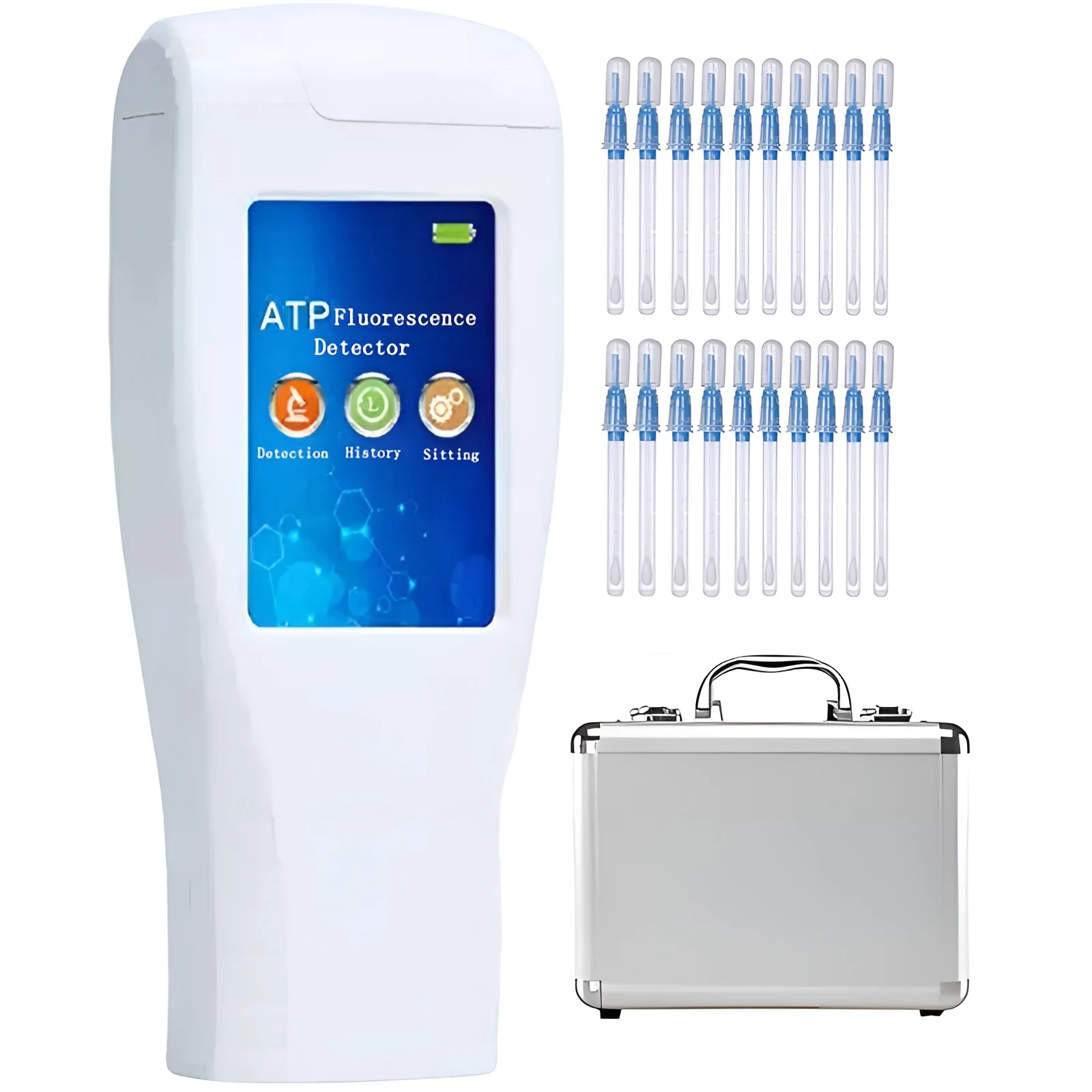
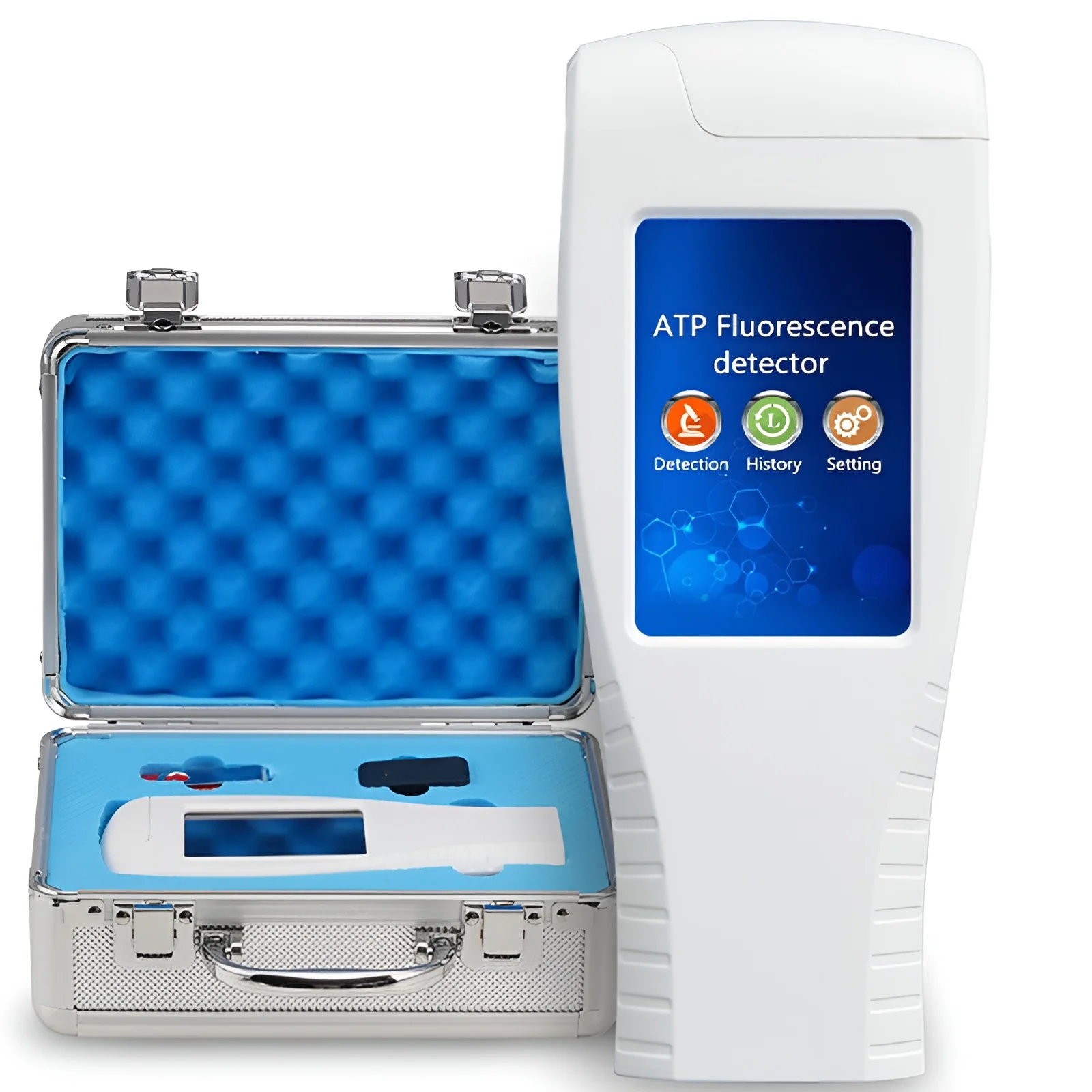
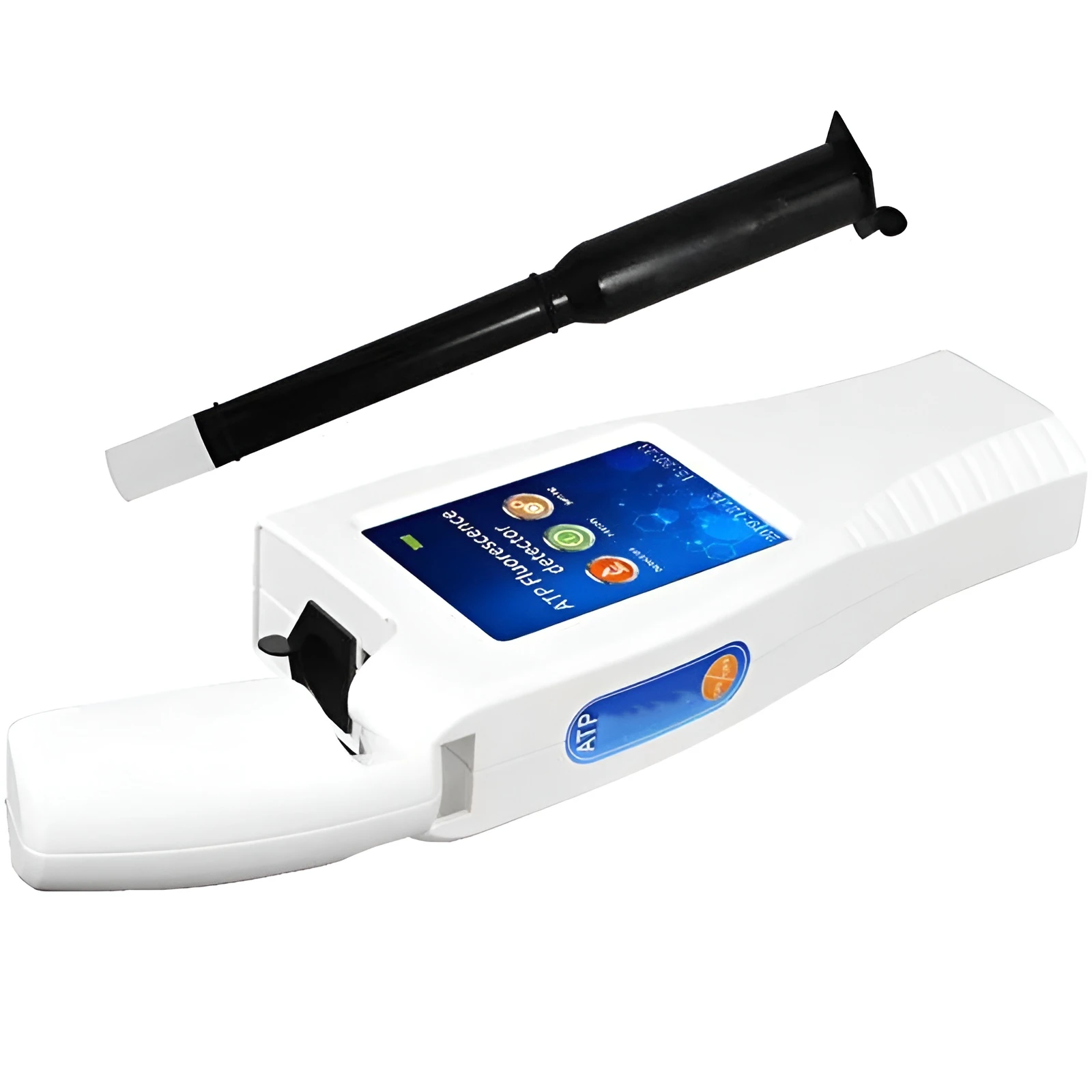
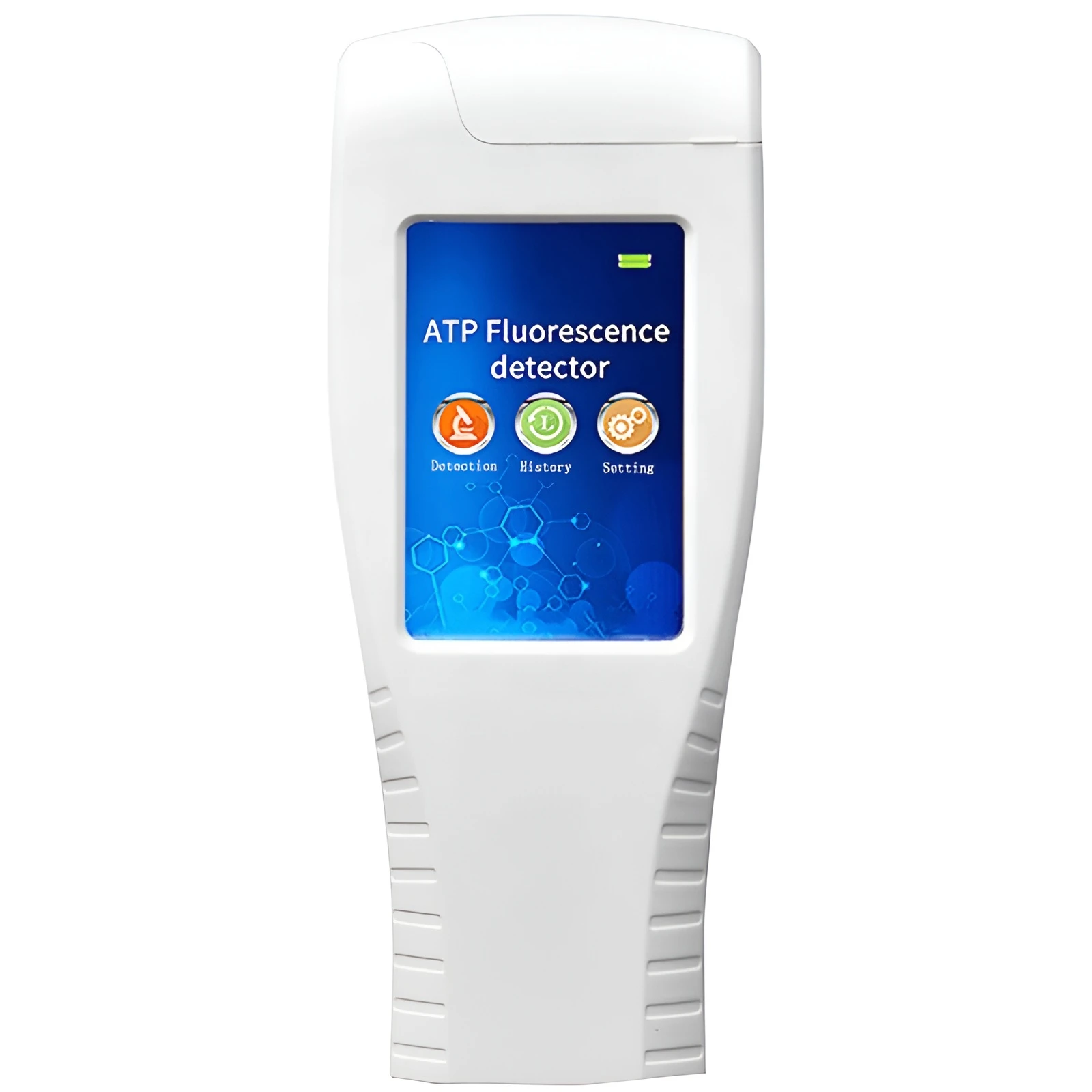
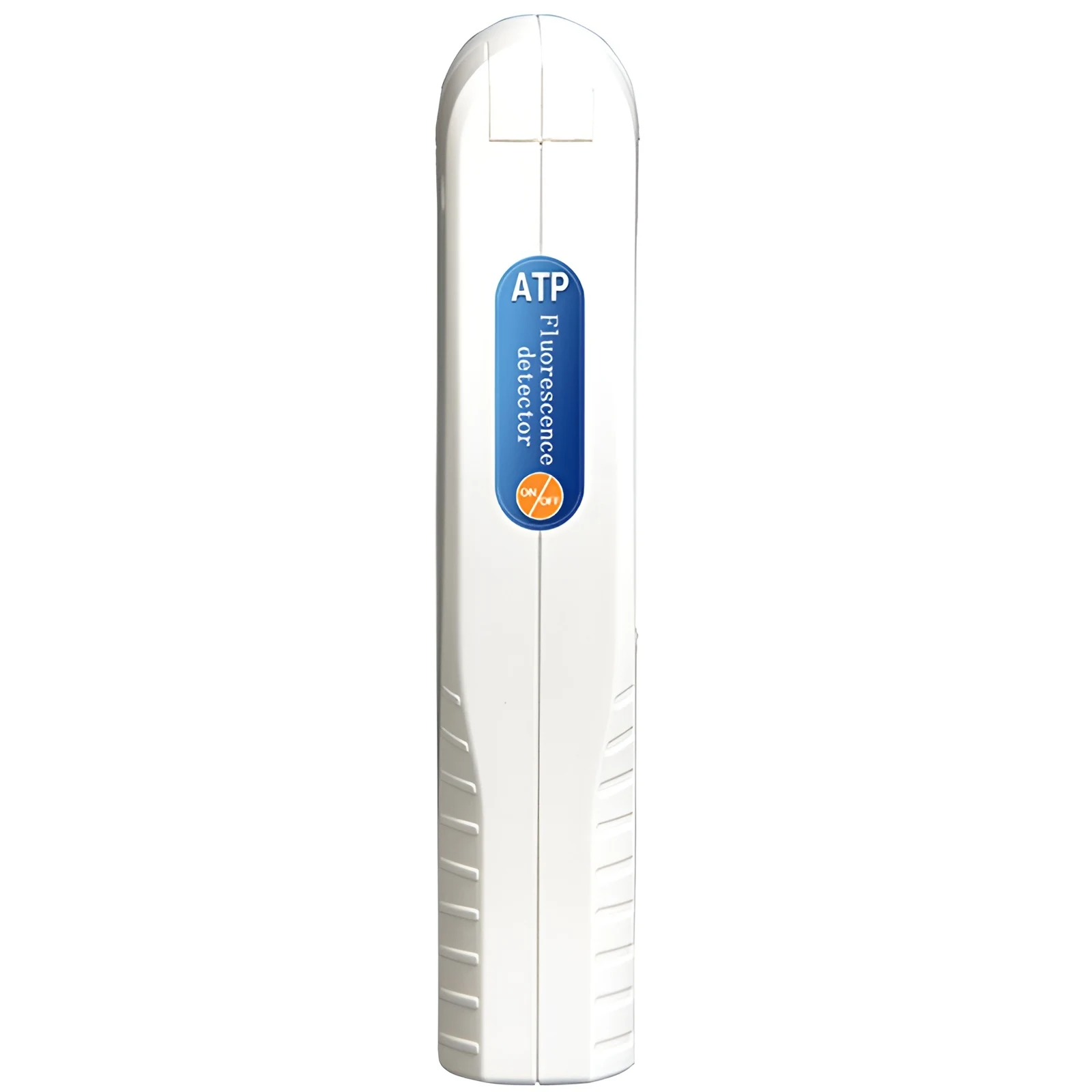
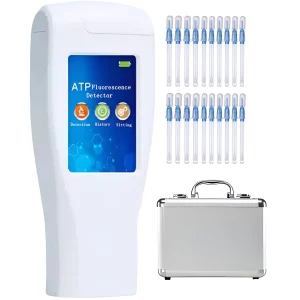
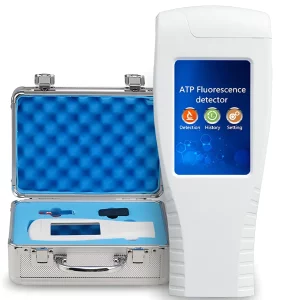
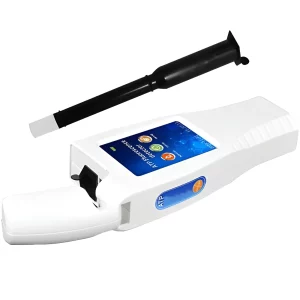
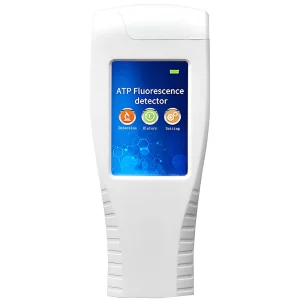
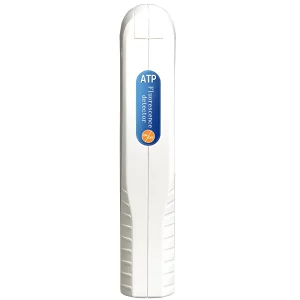
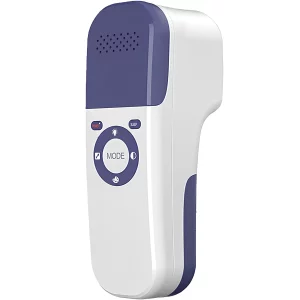
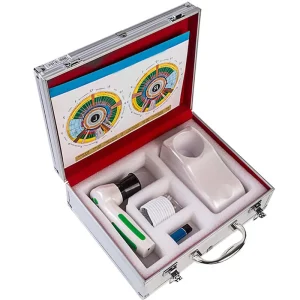
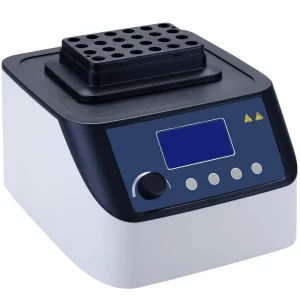
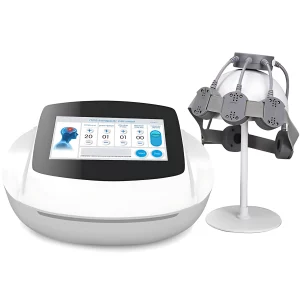
Reviews
There are no reviews yet.